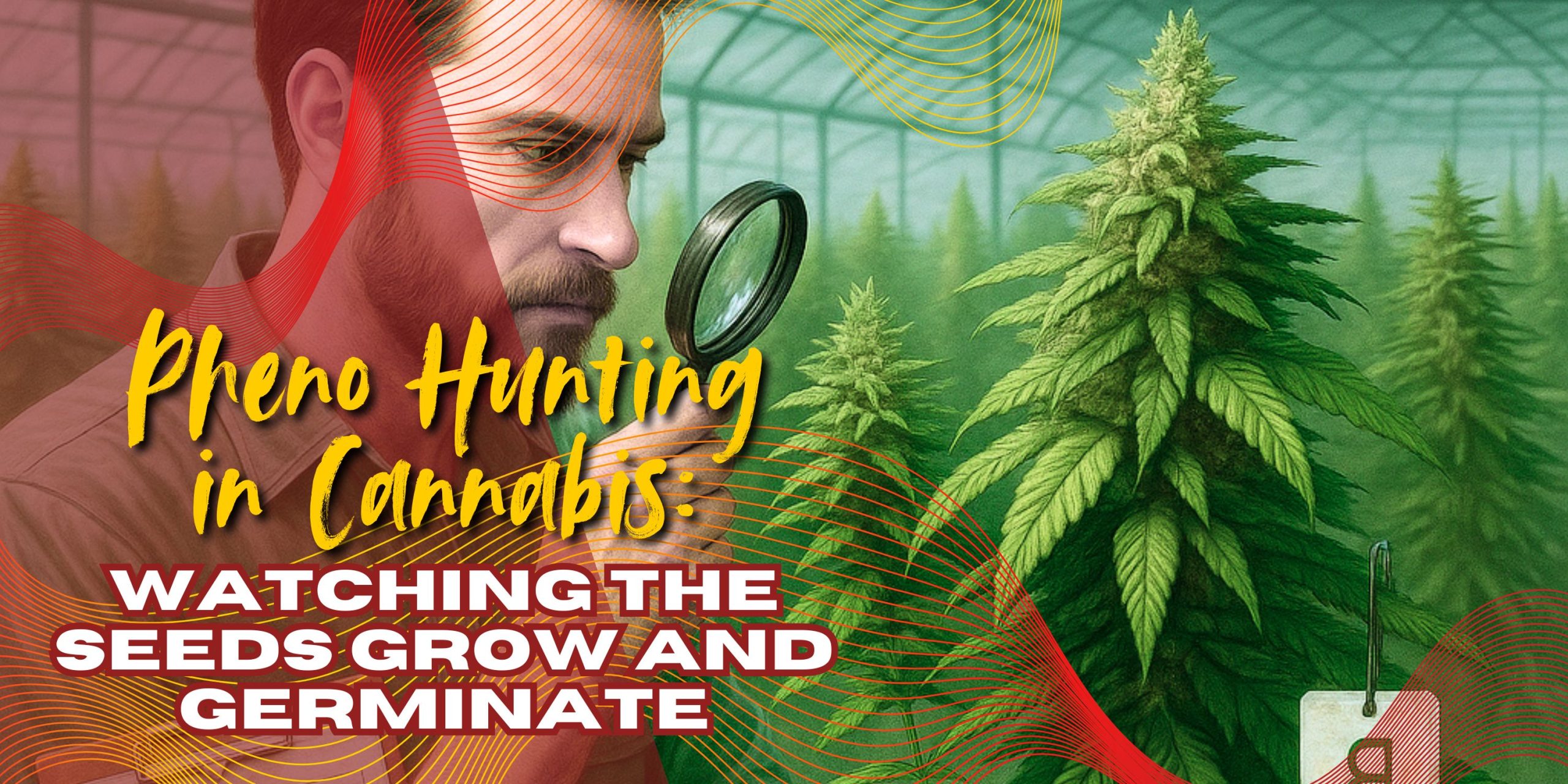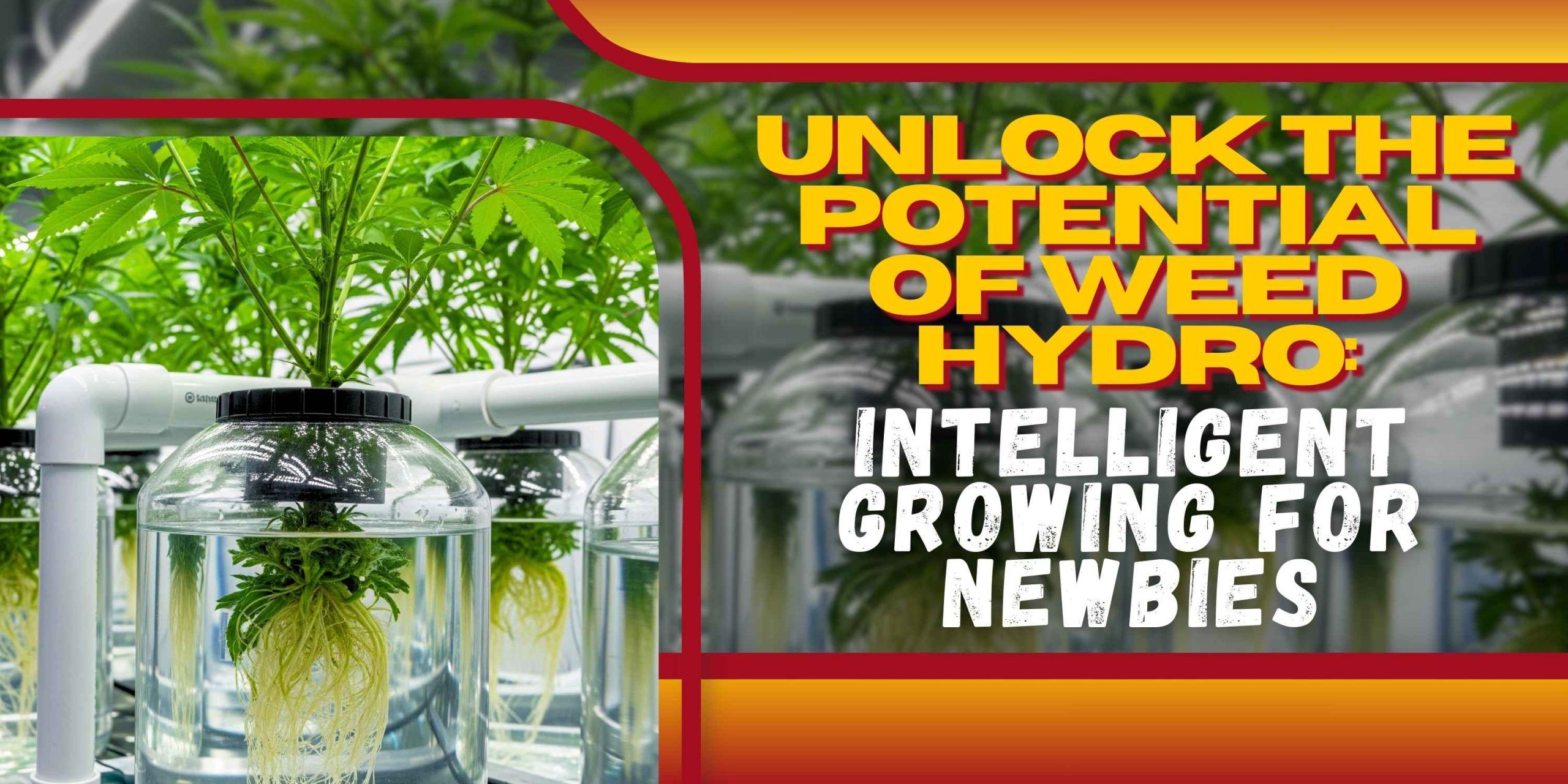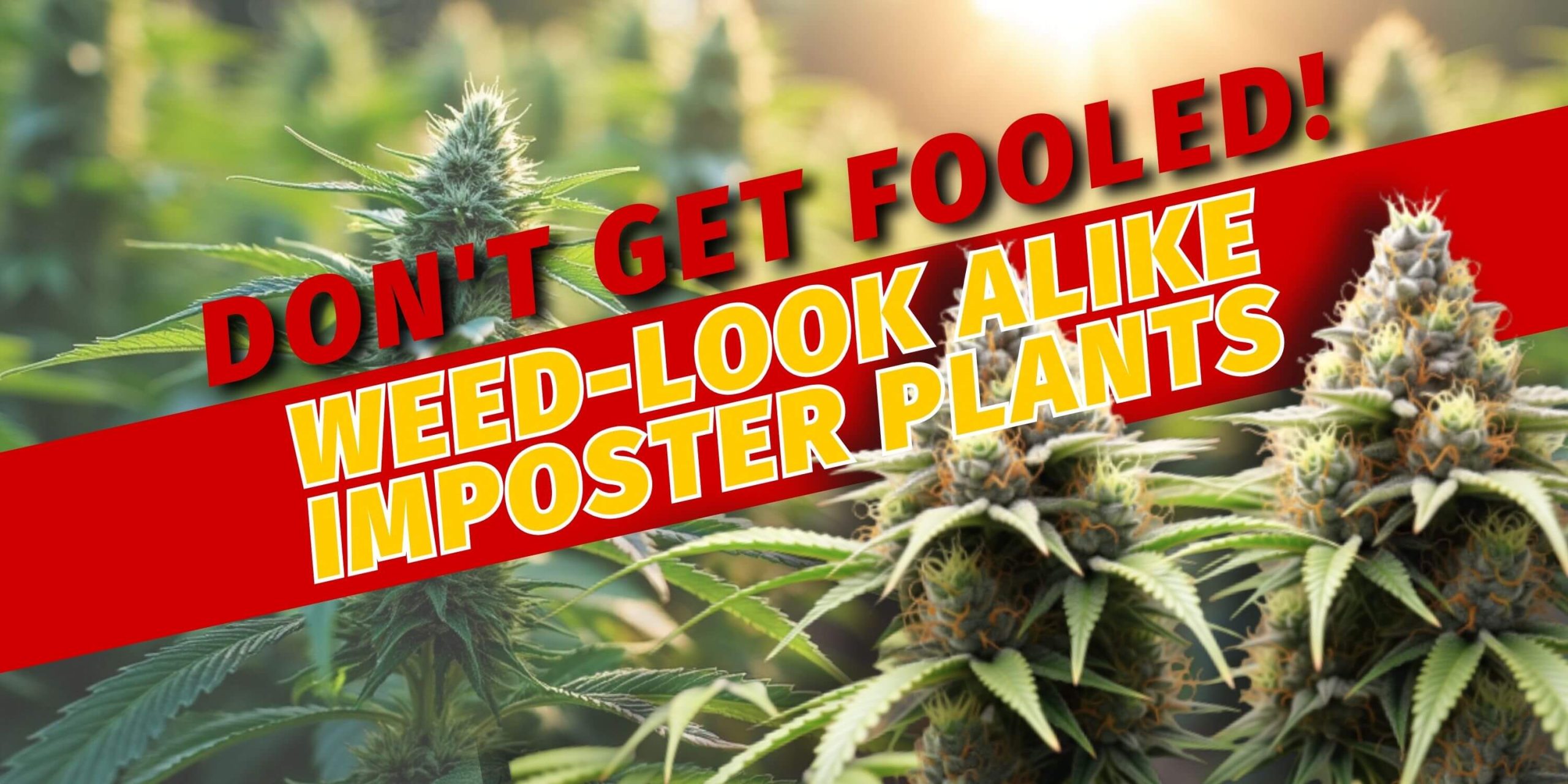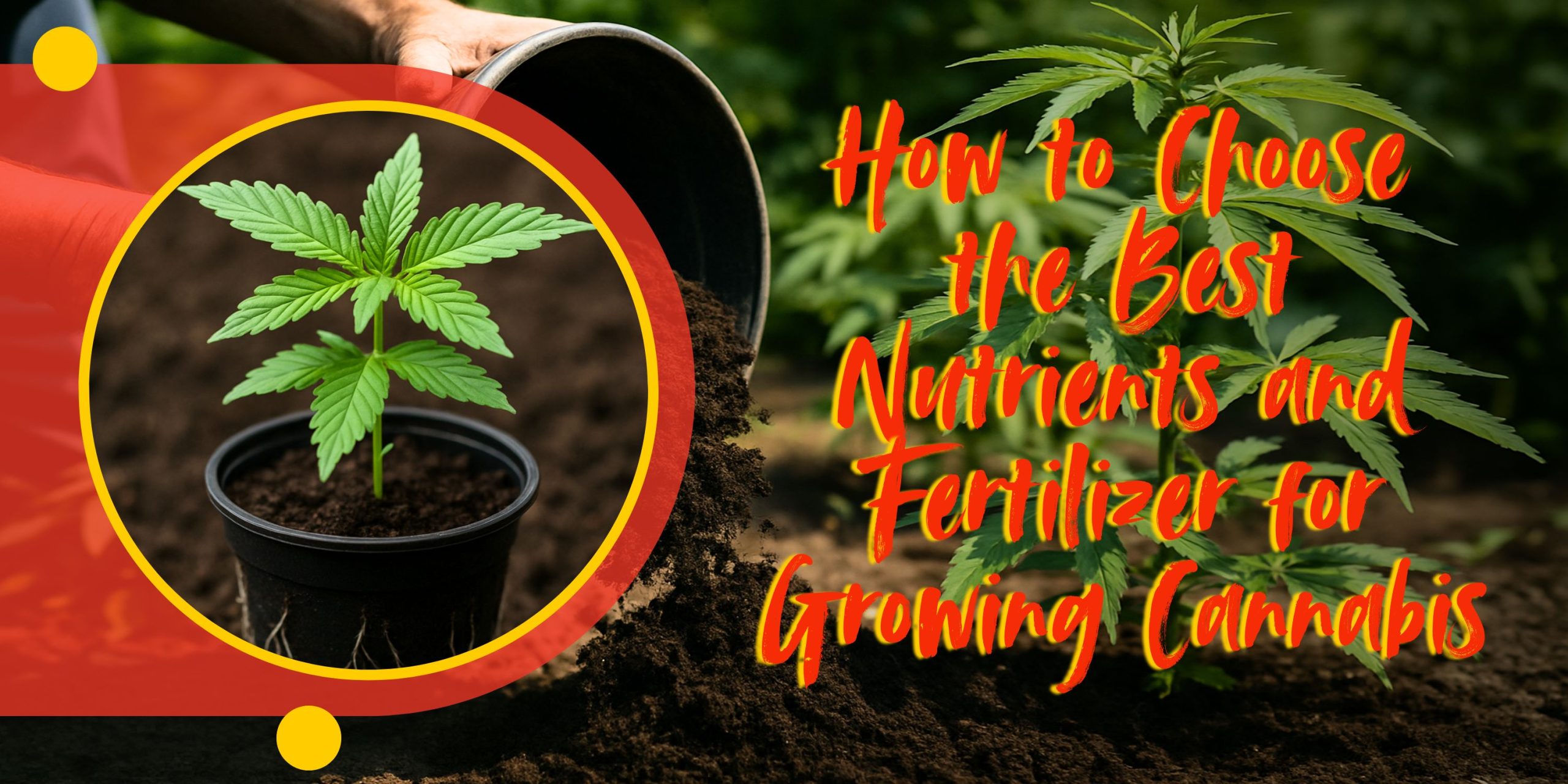Pheno hunting is the most important part of current cannabis breeding since it lets growers find and keep better expressions that are hidden in seed populations. Each seed has its own genetic manifestations, or phenotypes, that affect everything from growth rates and yields to flavor and medicinal characteristics. By isolating and choosing the best expressions, growers can improve the quality of their crops, fix qualities that they like, and make a product that is always the same and that customers, patients, and commercial accounts will love.
As cannabis becomes more legal around the world, the capacity to make unique, repeatable, and high-performing genetics gives you an edge over your competitors. Pheno hunting is more than just a way to breed; it’s a long-term investment in the quality of your genes and the reputation of your business. This handbook is meant to give breeders, growers, and researchers the strategic vision they need to choose the best phenotypes in a way that works well and quickly.
Why Does Phenohunting Matter in Cannabis Breeding?
The art of phenotype hunting, often known as a “pheno hunt,” is finding the best manifestations of the genes in a batch of seeds. It works with the natural differences in plants, even if they come from the same gene line. The DNA in each seed-borne cannabis plant can make it unique in its way. This range of expressions lets growers try out a huge number of different smells, potencies, shapes, and other characteristics to find the ones that work best for their goals.
Successful pheno hunting leads to consistent clone production, high-quality crops in commercial production, and the development of strains that are the best on the market. Pheno hunting is very important in the medical cannabis field since it helps find plants with the right cannabinoid profiles to use to treat ailments. Being able to replicate plants with exact chemical and physical properties helps both the effectiveness of the medicine and the trust of the customers.
Step 1: Choosing Seeds With Strong Genetic Strength
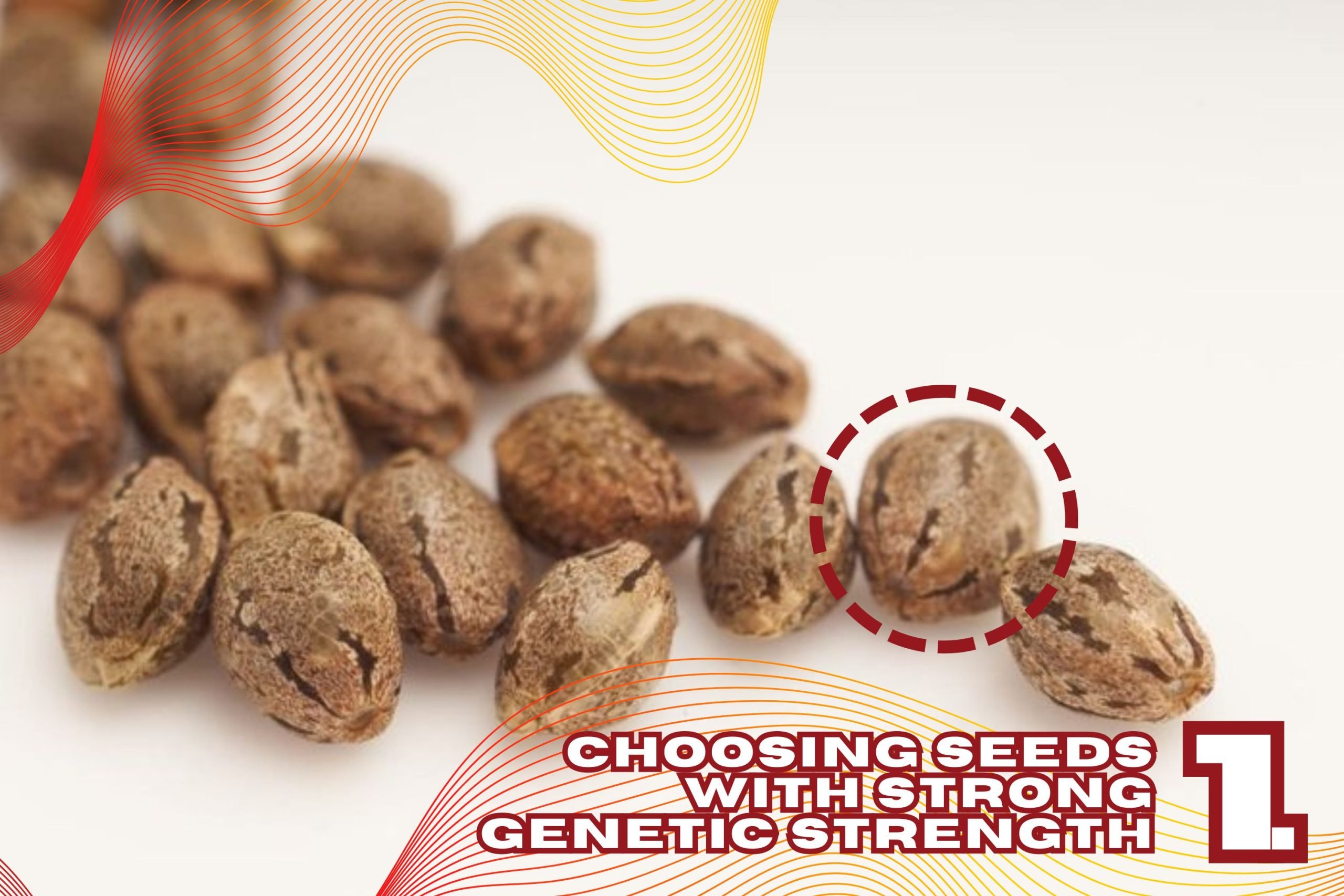
The first step in any pheno hunter is to get well-documented and genetically sound seed material. Breeders should try to use seeds from reputable breeders that clearly show the pheno weed pedigree, breeding history, and desired traits. Seeds from stable generations of F3, F4, or IBL are preferable for close examination since they provide repeated phenotypic manifestations.
Also, knowing the parent lines and why the cross happened is helpful. If you’re breeding for flavor, seek strains with rich terpene profiles. If mold resistance is a problem in wetter locations, choose lines that were bred to be resistant to mold for the project. Choosing seeds that meet your growing goals saves time and money and lets you focus on features that are worth your attention when you evaluate them.
Step 2: Watching the seeds grow and germinate
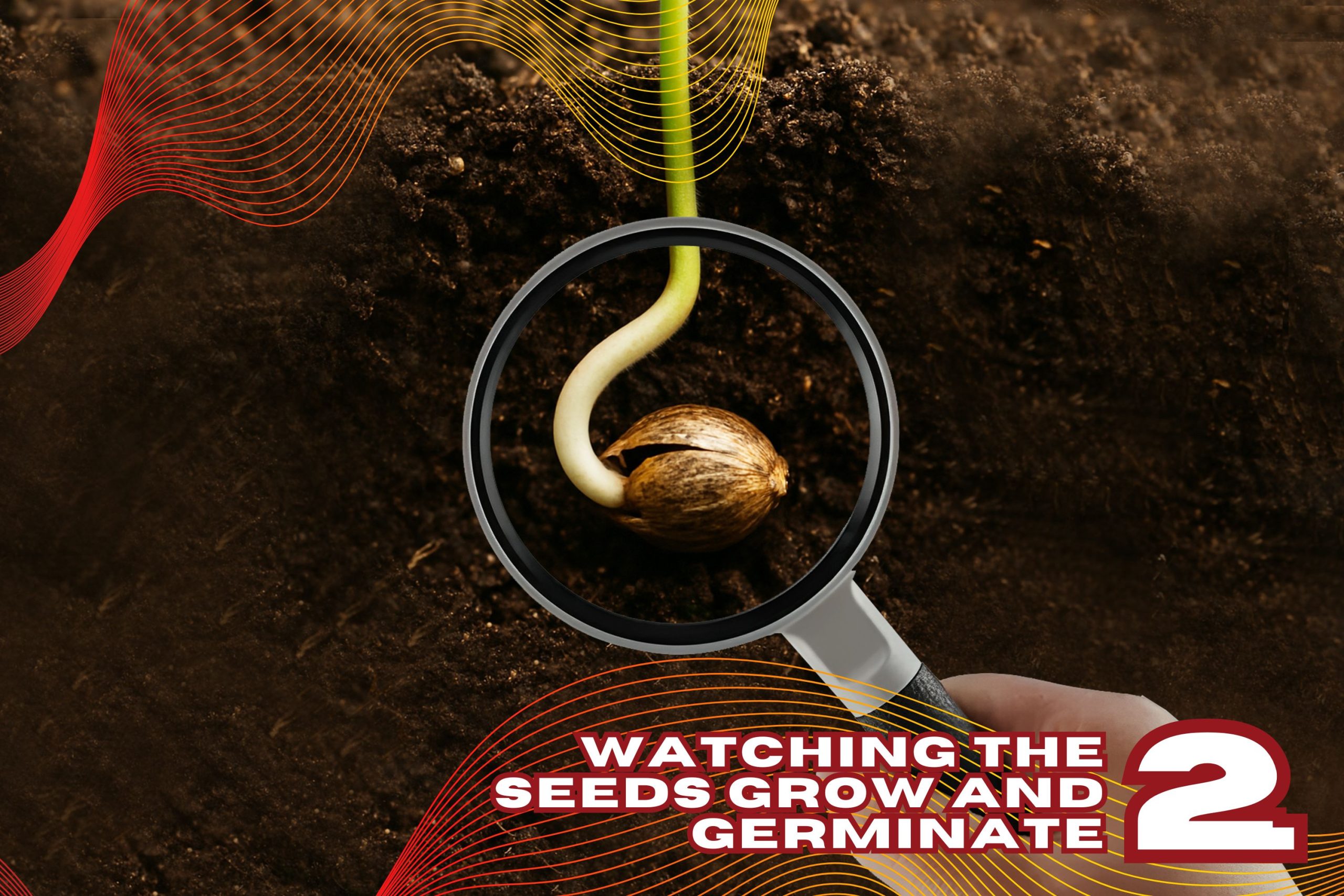
When you have chosen your seeds, germinate a sample size that is representative of the whole range of possible phenotypes. If you have the space and money, popping 20 to 100 seeds is best for commercial or breeding purposes. Make sure that all seeds have the same circumstances for germination so that environmental bias doesn’t affect early growth.
Here, you should write down and note the seedlings’ health, vigor, and symmetry. Differences in leaf shape, growth rate, and early root development can already give us hints about phenotypic variance. Finding weak or stunted people early lets you put more effort into the strong ones. You need to keep a complete grow journal from day one that includes photos and notes about how the plants are growing. This will help you compare them in the future.
Step 3: Watching and Writing down the Veg Stage
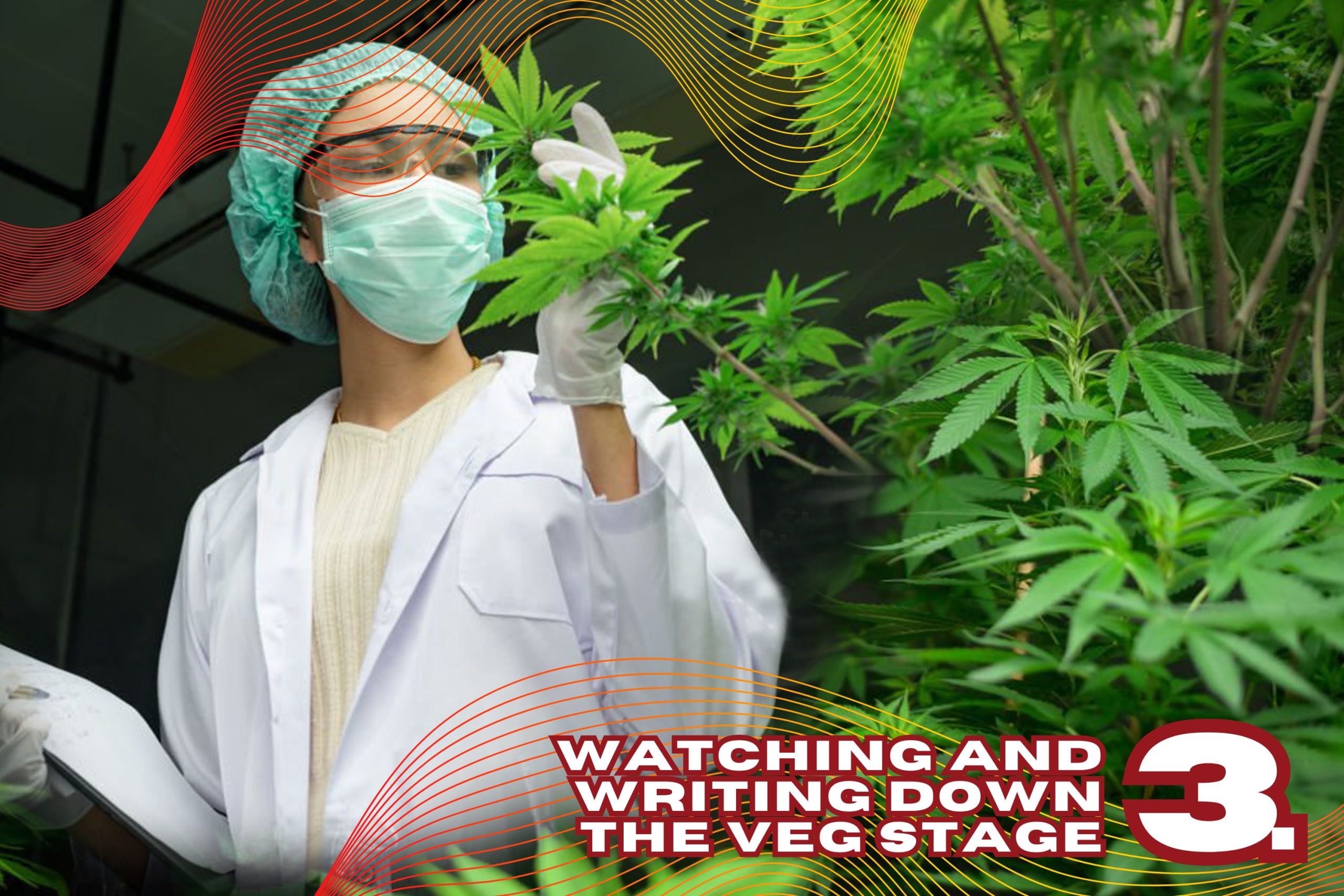
Plants get more and more varied structural and morphological traits throughout the vegetative stage. This is the time when growth behavior may be measured, such as internodal distance, lateral branching, leaf-stem ratio, and how well the plant can handle training methods like topping or LST. The structure of each plant will affect the final yield, airflow, and light penetration, so this is a critical step in the screening process.
This is also the best time to cut off clones from each plant. Use a labeling method to precisely mark clones so you know which “mother” plant they belong to. This will help you keep track of what you have during the process. They’ll be a backup, and after they bloom, you may see them next to each other. When the vegetative period is over, you’ll have a better sense of which plants will bloom and which won’t.
Step 4: Flowering and Separating Traits
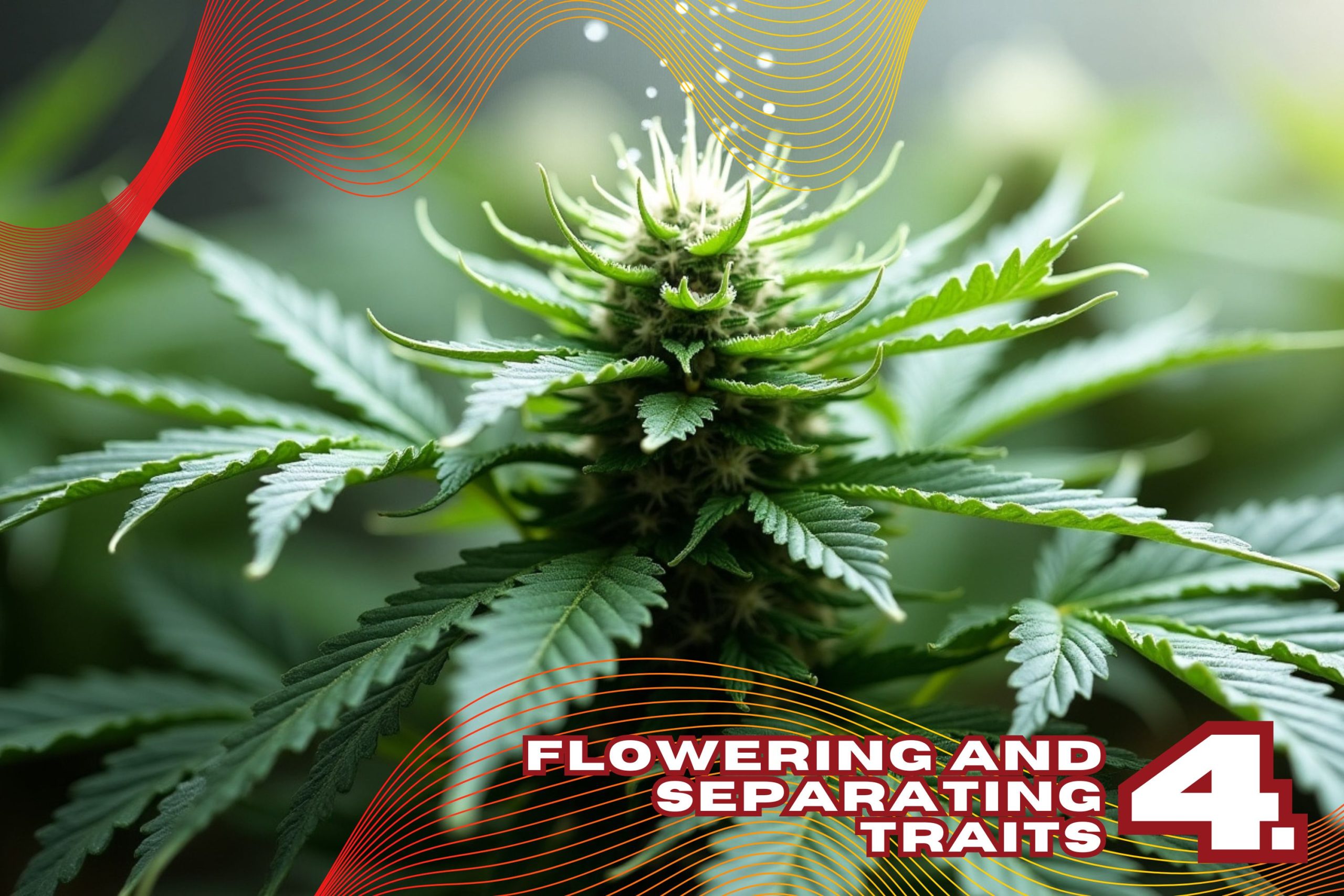
The flowering stage is when the phenotype shows the maximum variance. After the light cycle has been altered, see how rapidly each plant grows into a flower. The time when the flowers start to bloom, the shape of the buds, the amount of resin produced, the color of the pistils, and the density of the internodes are all factors. Keep a detailed record and take pictures at different points in time (week 2, 4, 6, and harvest) to keep track of progress.
Aroma is an important trait that needs to be examined often. Gently sniff the buds and write down the different smells, such as gasoline, citrus, pine, floral, earthy, or unusual mixtures. Plants that have a lot of trichomes, well-formed colas, or vibrant colors need to be tagged for more study. This stage discovers the finest performers and kicks out those who have features that are not sought, such as foxtailing, a poor calyx-to-leaf ratio, or not enough resin.
Step 5: Gather, Dry, and Check After Curing
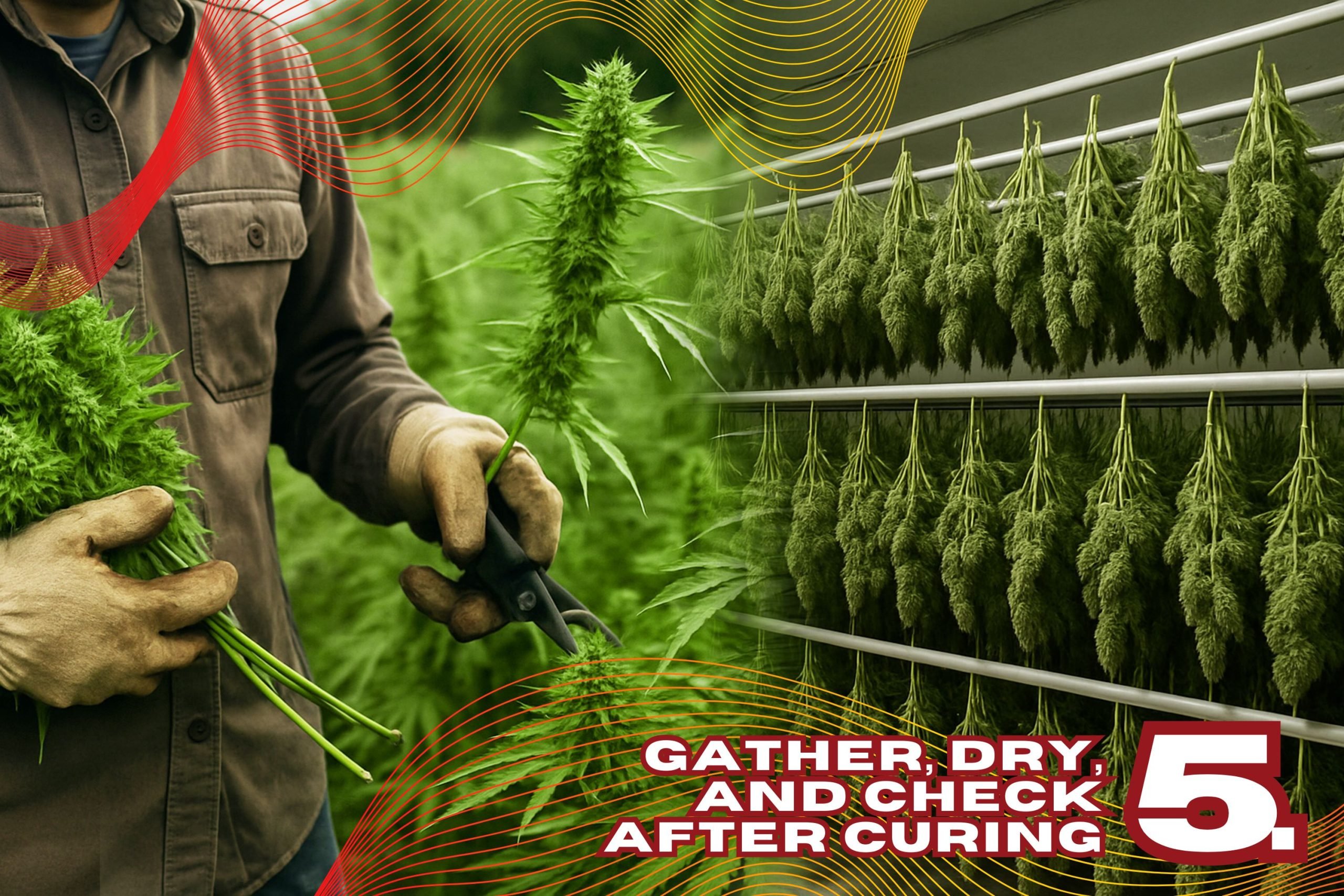
The timing of the harvest is very important. Plants should be picked when they are fully grown, which is usually when the trichomes are milky and some are amber. This is when the best cannabinoid and terpene yield occurs. To be sure that post-harvest variability is genetic and not environmental, each plant must be dried and cured in the same way. To keep the terpene profile and keep mold from growing, it is very important to dry the plants consistently, usually for 10 to 14 days at 60°F and 60% humidity.
After curing, the sensory analysis starts. To see how good the burn is, how it tastes, and how strong it is, smoke, vaporize, or test solventless extraction on each genotype. Some phenotypes will be easy to tell apart based on whether they make you feel more relaxed or happy, which is very important for medicinal purposes. It is important to look at how commercial selection is based on looks, smell, and overall market attractiveness. Testing for cannabinoids and terpenes in a lab also backs up choices for medicines or branding.
Step 6: Choosing the Keepers
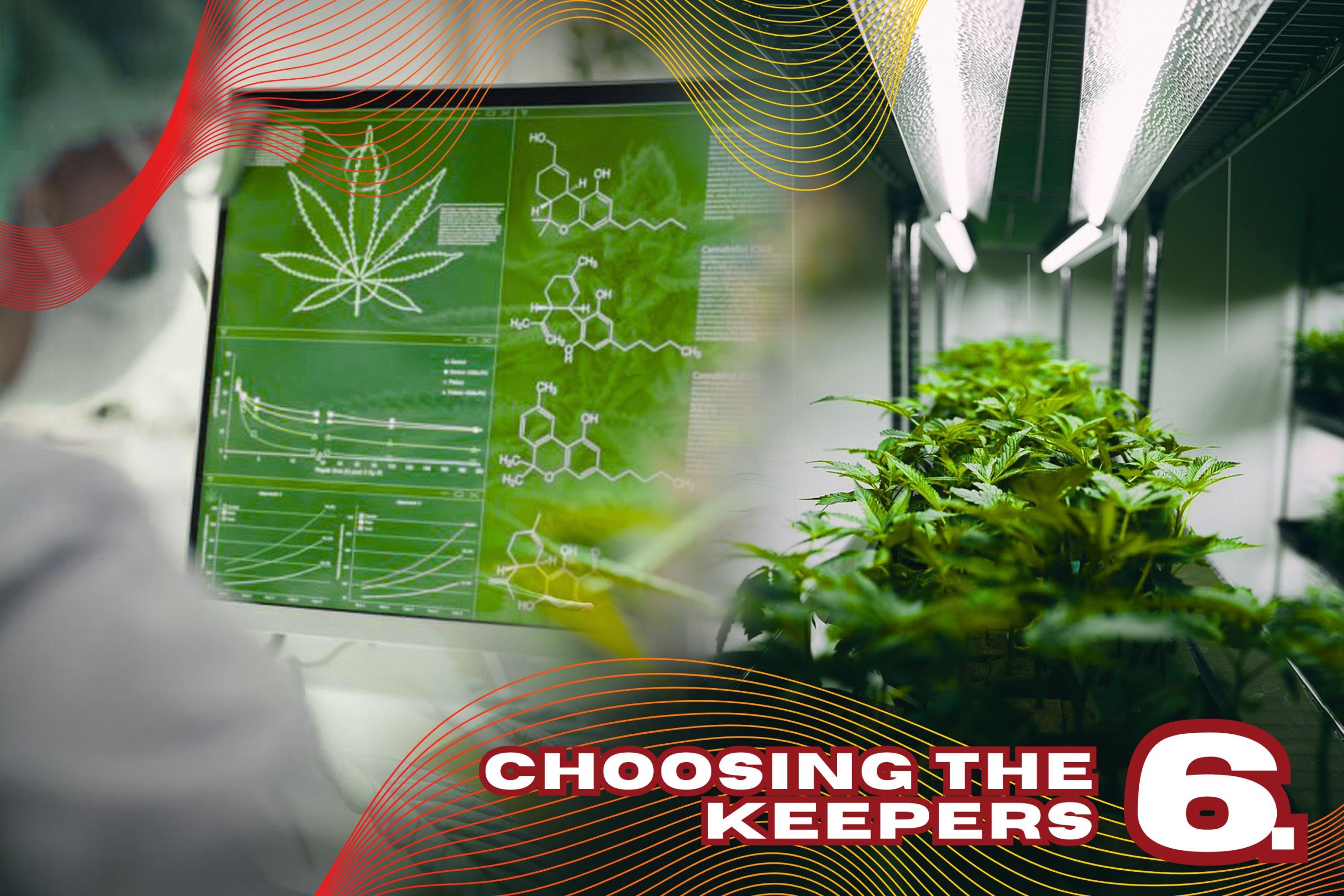
The final selection process would start with complete data from vegetative to post-cure growth cycles. Only genotypes that consistently excelled in structure, fragrance, trichome yield, and potency might be considered for retention. To see how stable and reproducible each clone is, it is best to harvest it at least 2–3 times.
The best keeper plant has all the right traits: vigor, yield, flavor, resin content, look, and effect. When you breed, think about choosing plants with recessive qualities that you wish to fix in the next generation. Your keepers are genetic gold that can be cloned, feminized, or crossed with other plants to make better or new pheno hunt strain.
Step 7: Cloning, Keeping, and Making Stable
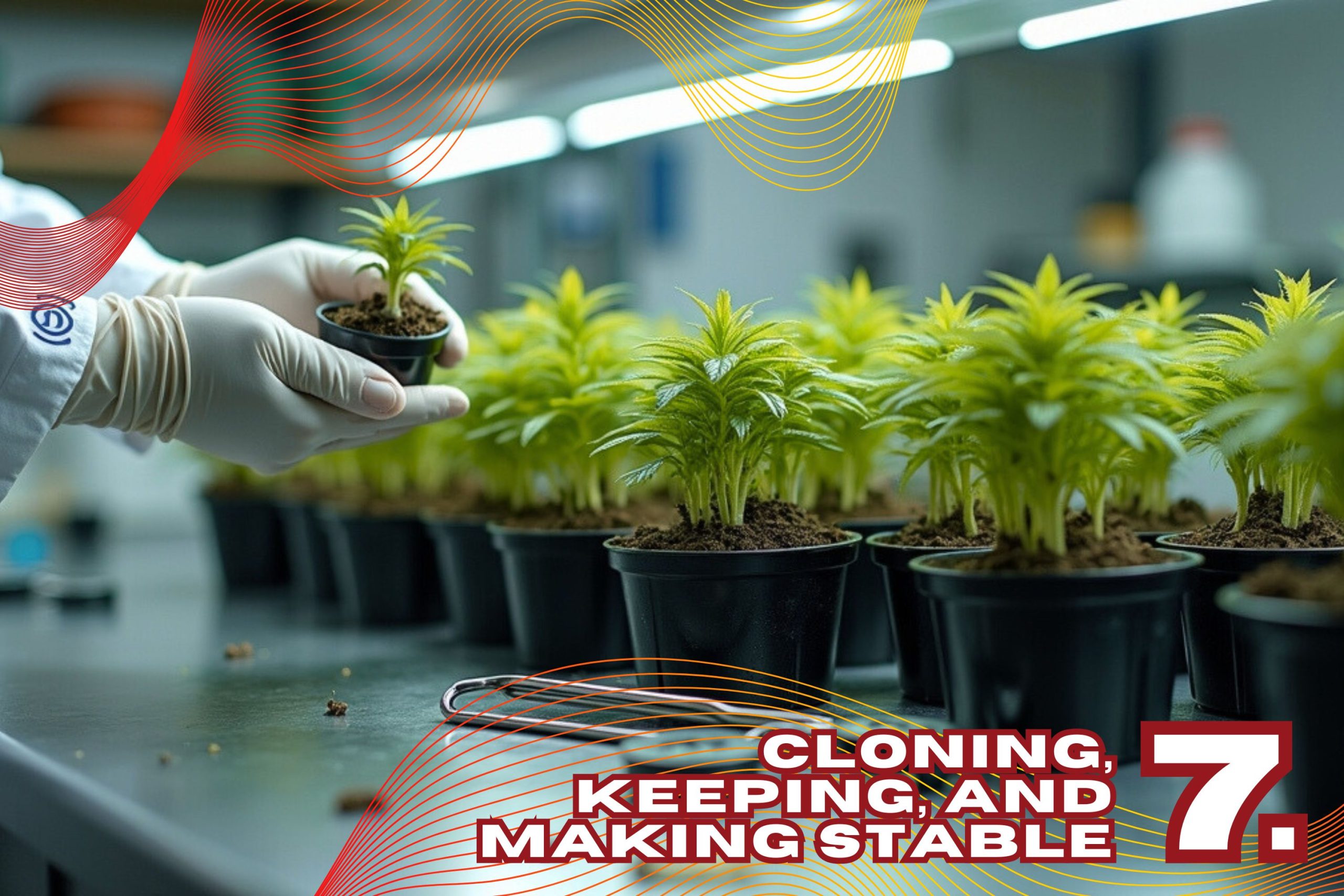
Once you know which phenotypes you want to keep, you can keep them alive by using mother plants, tissue culture, or long-term clone storage. To keep mother plants healthy, you need to set aside space and resources, but this guarantees a steady supply of genetically identical clones. Tissue culture is the best way to keep things virus-free and keep them alive for a long time.
To fix a desired trait through seed production, breeders use methods including selfing (S1), backcrossing (BX), or full-line inbreeding (IBL). The goal is to lower the diversity in the offspring’s phenotype without losing the desired traits. Over time, this leads to a stable, true-breeding strain that can be sold with confidence and grown with guaranteed results.
Common Mistakes in Pheno Hunting and How to Avoid Them
Most attempts to find phenotypes fail because of mistakes that could have been avoided. The most prevalent problem is poor record-keeping. Without regular notes and labeling, it’s almost impossible to compare phenotypes straightforwardly. The second mistake is not keeping the environment under control. Differences in light intensity or fertilizer availability between plants might change the results and hide genetic variation.
Another big mistake is to ignore the curing process. If you don’t dry and cure your plants well, the terpenes and cannabinoids will die, and it will be hard to tell which ones are really good. Finally, growers make decisions too quickly and exclusively based on fragrance or production. A multi-harvest test cycle, with lab analysis when possible, gives a better idea of how promising a trait is.
Conclusion: Turning Genetic Potential into Cultivation Gold
Pheno hunting is a powerful technology that turns seed packs into custom cannabis strains that are the best in the world. It takes a lot of time, patience, data collection, and strict environmental management, but the return is well worth it. If you are a commercial grower looking for consistency, a breeder looking to cut down on genetic lines, or a medical grower looking to isolate medicinal features, controlling pheno searching gives you more control over your final product than ever before.


